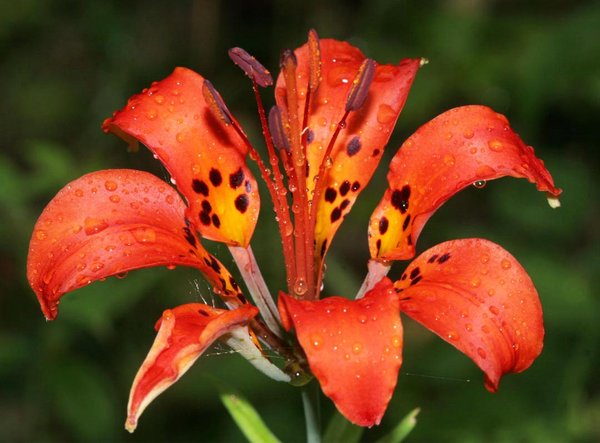; Sp. Pl. [Linnaeus] 1: 31 (1753)
Distribution: High diversity in Mexico and especially the Andes, also secondary centers in North America, Eurasia, South Africa and Russia (ca. 20). The genus remains polyphyletic, but the inclusion of Valerianella, Fedia, Plectritis and Centranthus in a Valeriana sensu latissimo seems to be lumping on too high level. Valeriana celtica also probably belongs in a separate genus (Bell & Donoghue 2005)
= Amblyorhinum Turcz.; Bull. Soc. Imp. Naturalistes Moscou 25(2): 168 (1852)
= Aretiastrum (DC.) Spach; Hist. Nat. Vég. [Spach] 10: 304 (1841)
= Astrephia Dufr.; Hist. Nat. Valér. 50 (1811)
= Belonanthus Graebn.; Bot. Jahrb. Syst. 37: 447 (1906)
= Betckea DC.; Coll. Mém. 7: 18 (1832)
= Fuisa Raf.; Autik. Bot. 88 (1840)
= Hemesotria Raf.; Ann. Gén. Sci. Phys. 6: 88 (1820)
= Monastes Raf.; Autik. Bot. 88 (1840)
= Ocymastrum Kuntze; Revis. Gen. Pl. 1: 302 (1891)
= Oligacoce Willd. ex DC.; Prodr. [A.P. de Candolle] 4: 632 (1830)
= Phu Ludw.; Inst. Regn. Veg., ed. 2: 141 (1757)
= Phuodendron (Graebn.) Dalla Torre & Harms; Gen. Siphon. 512 (1905)
= Phyllactis Pers.; Syn. Pl. [Persoon] 1: 39 (1805)
= Porteria Hook.; Icon. Pl. 9: t. 864 (1851)
= Rittera Raf.; Autik. Bot. 88 (1840), nom. illeg.
= Saliunca Raf.; Autik. Bot. 87 (1840)
= Stangea Graebn.; Bot. Jahrb. Syst. 37: 448 (1906)
= Valerianopsis C.A.Müll.; Fl. Bras. [Martius] 6(4): 345 (1885)
